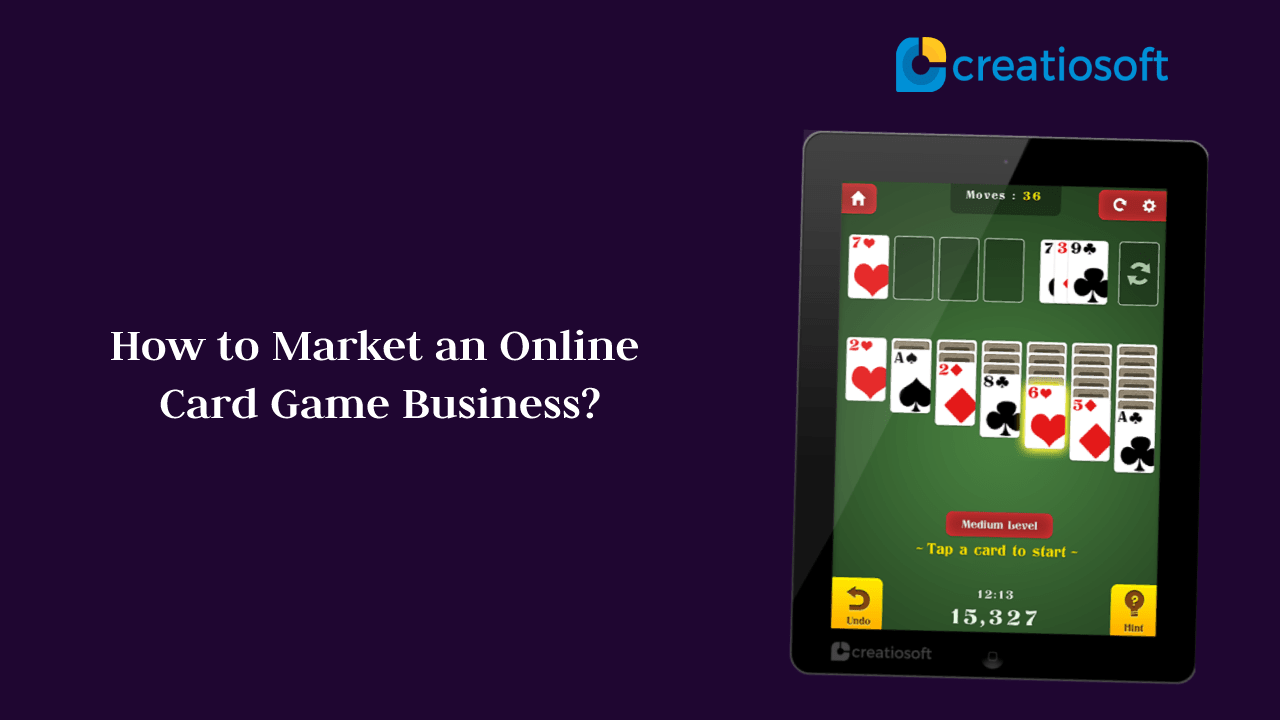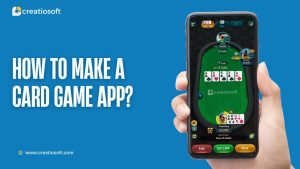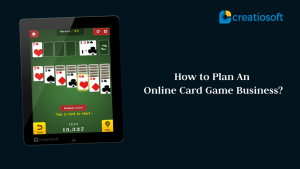With so many games out there, standing out can feel impossible. But here’s the truth—players aren’t just looking for another game; they want an experience that excites them, challenges them, and keeps them coming back.
So, how do you cut through the noise and make your card game the one they choose? So, let’s learn how to promote your card game effectively.
7 Proven Strategies to Market Your Card Game
#1 Build a Strong Brand Identity
A well-defined brand helps your card game business establish credibility and recognition. Branding goes beyond just a logo—it includes your game’s theme, color scheme, typography, and even how you communicate with your audience.
- Create a memorable name and logo that reflects the essence of your game.
- Define your brand personality—Is your game fun and casual, or intense and competitive?
- Consistent branding across your website, social media, and promotional materials ensures your game is easily recognizable.
- Tell a compelling brand story to connect with players emotionally and keep them engaged.
#2 Develop an SEO-Optimized Website & Content Strategy
A well-optimized website is crucial for attracting players to your card game platform. Your site should be fast, mobile-friendly, and visually appealing. SEO plays a key role in ensuring your game reaches the right audience. Use relevant keywords naturally, optimize meta descriptions, and create engaging content.
Content marketing helps to promote your card game business effectively. Regular blog posts, guides, and game-related news can drive traffic. Additionally, a strong internal linking strategy and proper site structure improve visibility. A combination of technical SEO and valuable content will ensure long-term success.
#3 Utilize Social Media Platforms
Social media is a powerful technique to market your card game. Platforms like Facebook, Instagram, YouTube, TikTok, and Twitter allow you to interact with potential players, share updates, and create engaging content. Strategies include:
- Running engaging contests and giveaways.
- Posting game updates, tips, and behind-the-scenes content.
- Hosting live Q&A sessions to build a community.
Social media presence builds a loyal player base and boosts word-of-mouth marketing.
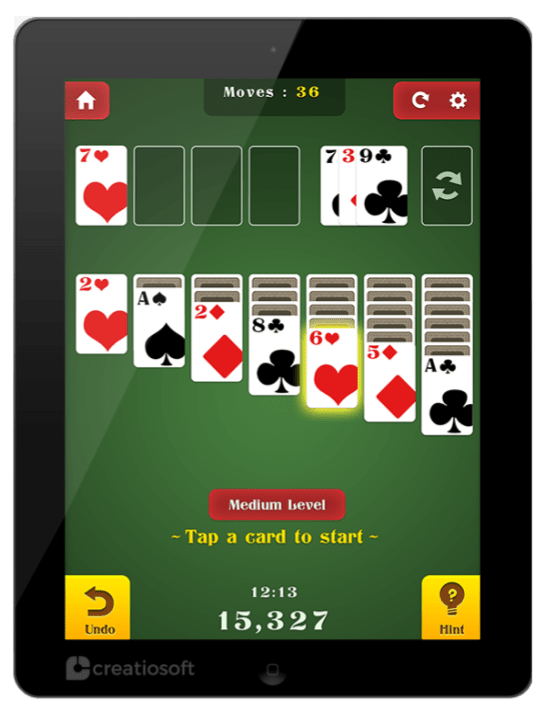
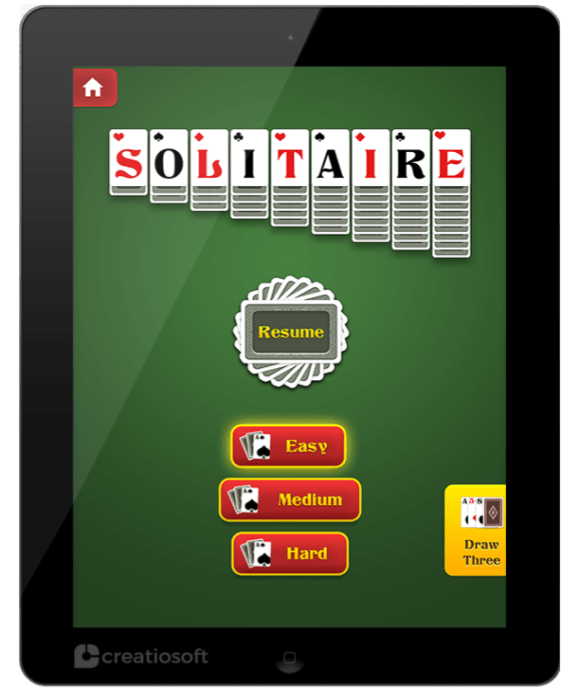
#4 Leverage Influencer Marketing
Influencers significantly impact gaming audiences. Partnering with gaming influencers can help you reach a broader audience quickly.
Choose influencers who specialize in card games or online gaming. They can create gameplay videos, tutorials, or live streams showcasing your game. Their followers trust their recommendations, making influencer marketing a great way to attract players to your card game platform.
Studies show that 49% of consumers rely on influencer recommendations before making a decision.
#5 Utilize Paid Advertising for Faster Growth
Paid advertising accelerates your game’s growth by targeting the right audience. Effective options include:
- Google Ads to rank higher on search engines.
- Facebook and Instagram Ads to reach social media users.
- YouTube Ads featuring gameplay trailers.
Running targeted ads ensures your game reaches players actively searching for new gaming experiences.
#6 App Store Optimization (For Mobile Card Games)
App Store Optimization (ASO) is crucial if your card game is available on mobile. ASO helps your game rank higher in app store searches, making it easier for potential players to find and download your app.
Key factors include:
- A compelling app title and description with relevant keywords.
- High-quality screenshots and an engaging promotional video.
- Positive reviews and high ratings boost credibility.
Optimizing your game’s app store presence ensures it ranks higher, making it easier for players to find and download.
#7 Offer Referral & Loyalty Programs
Word-of-mouth marketing remains one of the most effective ways to market a card game. A referral program incentivizes existing players to invite their friends in exchange for in-game rewards.
Loyalty programs, such as daily login bonuses, exclusive rewards, and VIP memberships, keep players engaged. These strategies retain existing players and bring in new users through organic recommendations.
The Bottom Line
Promoting your card game requires a well-planned strategy that combines branding, digital marketing, social media, and partnerships. You can effectively attract players to your card game platform, increase their engagement, and grow your business by implementing proven strategies.


